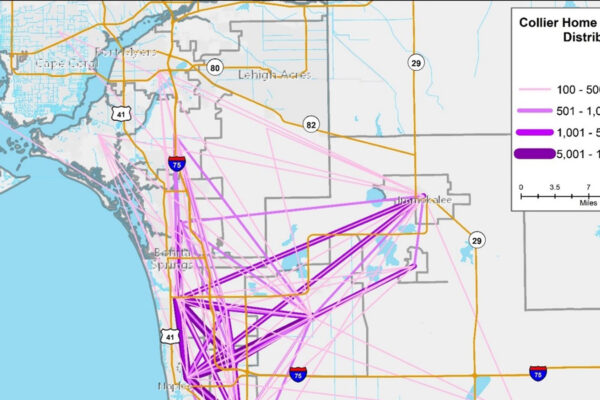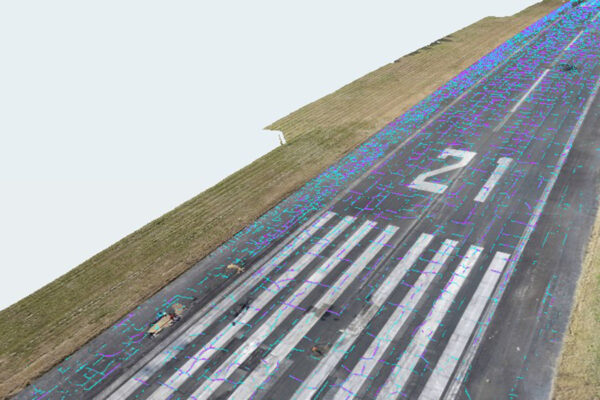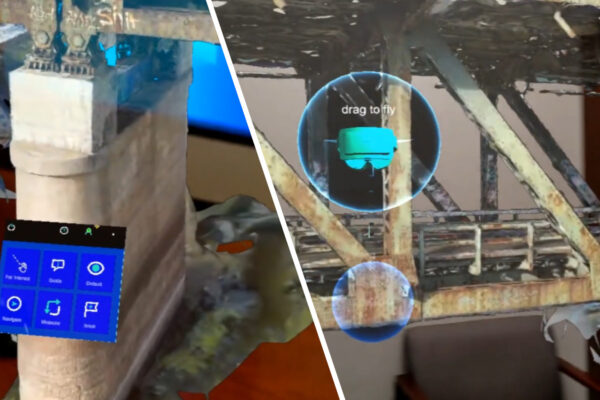When transit services are designed to work together, the entire network becomes more productive!
Making Microtransit Work with Your Existing System

Microtransit offers a flexible, on-demand solution for expanding access to public transportation, particularly in areas with limited fixed-route coverage. By filling service gaps and connecting riders to the broader transit network, microtransit enhances mobility and extends the reach of existing transit services.
This three-part series with Benesch’s microtransit expert Randy Farwell offers insights on how to successfully integrate microtransit into your current system to strengthen service and expand access. In Part One, Randy outlined how to evaluate your existing network, identify service gaps and assess whether microtransit is a good fit for your community.
Now, Randy breaks down how to refine your operating concept, define your software-as-a-service (SaaS) requirements and determine the most effective operating framework for your service.
Refining Your Operating Concept
Say your initial assessment identified three potential microtransit zones designed to connect underserved areas to a more efficient fixed-route network. Now, it’s time to define how this service will operate day to day.
Start by sharing the proposed service model with community members and key stakeholders. Ask for feedback on priorities, changes to existing services and how each mode—microtransit, fixed-route and paratransit—fits together as part of a broader family of services.
Use this input to refine your service zones and ensure they support high-demand origins and destinations and enhance overall network efficiency and productivity. Be sure to also finalize supporting policies such as fares, service hours and operating costs, so that all modes are aligned.
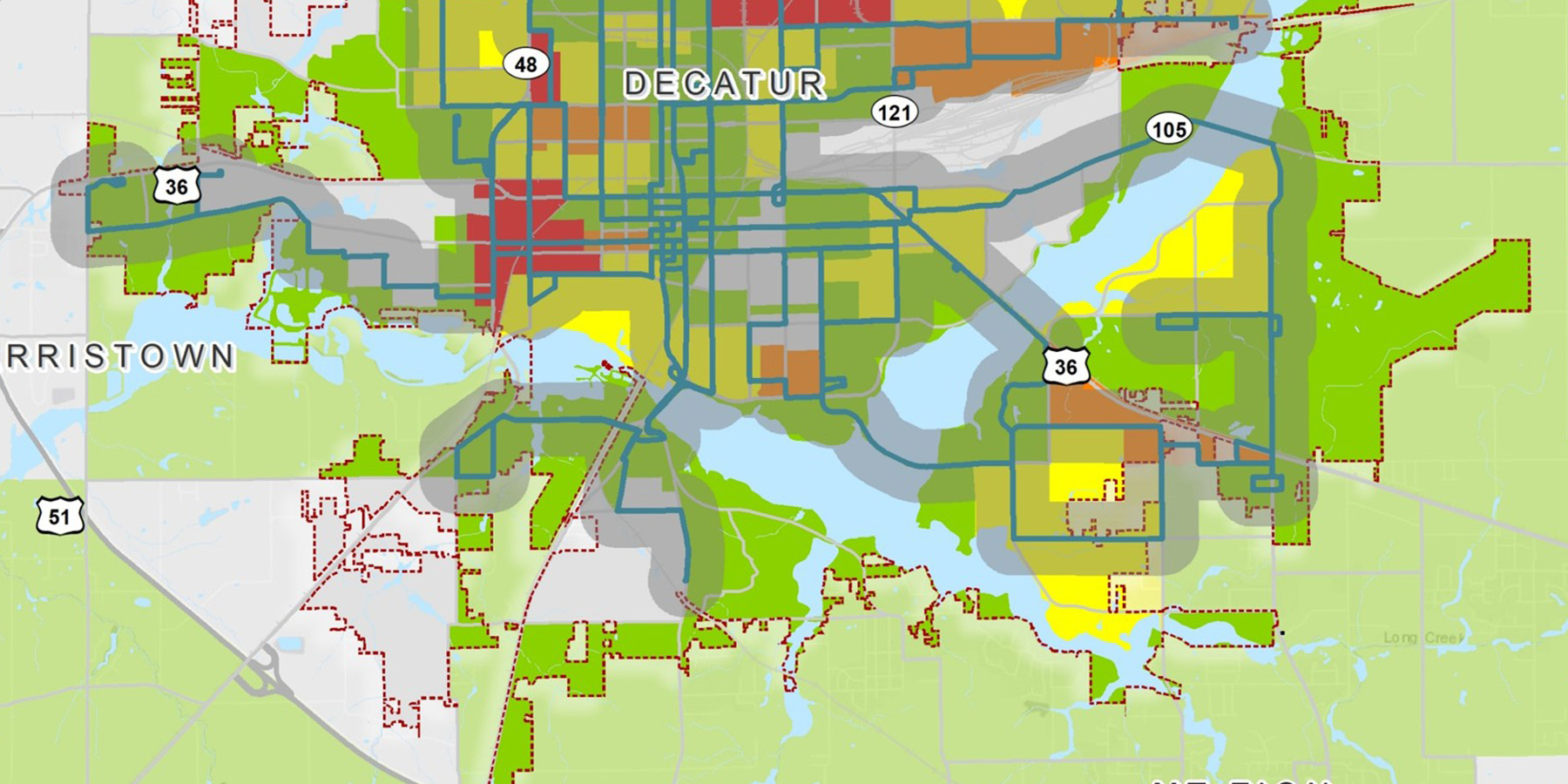
Calculating Net Operating Impacts
Now that you’ve refined your operating concept, the next step is to quantify what it will take to run your service. Start by estimating the number of vehicles, peak and off-peak revenue hours, expected ridership and overall operating costs.
Compare these projections with your existing services—including fixed-route and paratransit—to assess coverage and cost-effectiveness. A successful model balances service supply with demand throughout the day, boosting efficiency and expanding access.
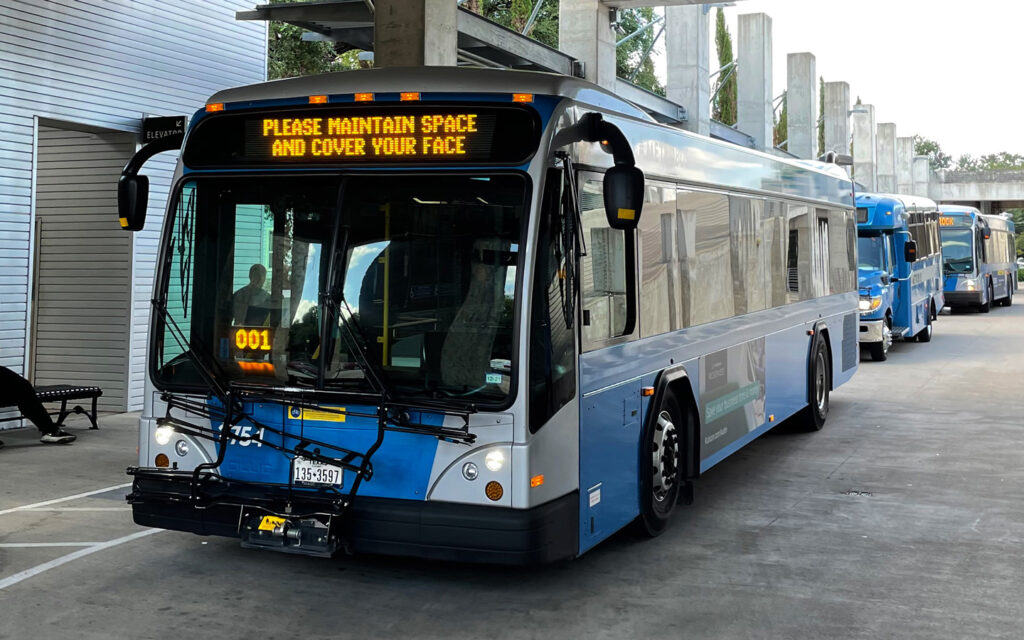
Choosing the Right Operating Framework
Next, decide how your new service will be operated. Will you manage operations in-house, contract with an external provider or develop a hybrid model?
Each approach has pros and cons. When weighing your options, consider your existing workforce and labor agreements, training and job satisfaction, and your organization’s capacity to manage and adapt to evolving service needs. Your operating framework should align with your agency’s values, capabilities and long-term goals.
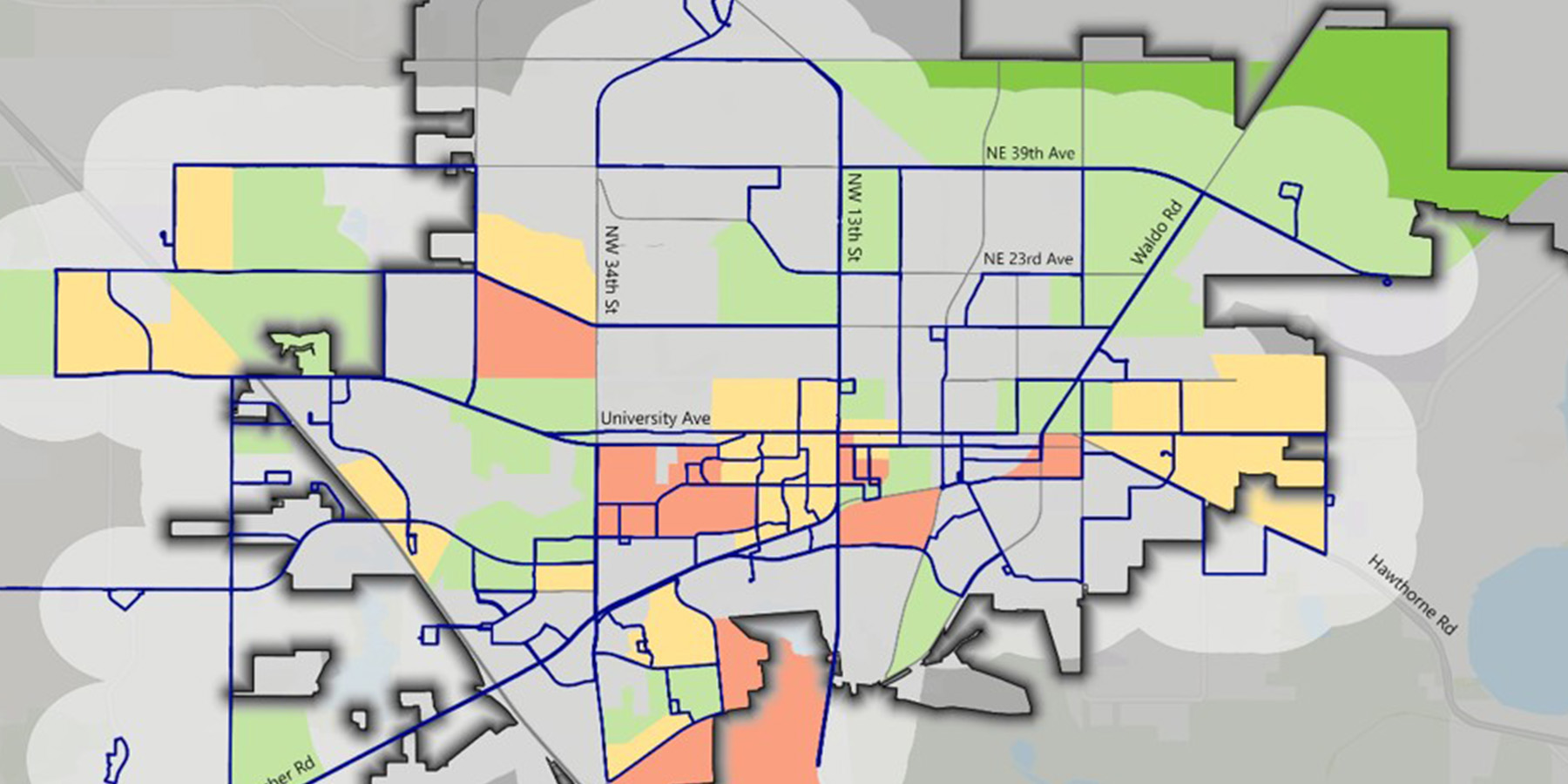
Defining Your SaaS Platform Requirements
The software-as-a-service (SaaS) platform is the application that will power your microtransit service. To define your platform requirements, consider how the system will function from three perspectives:
- Rider – How do users request rides, pay fares and track vehicles?
- Operator – How will the system support driver functions, operating rules and fare policies?
- Platform – How are performance metrics such as shared rides, response times, costs and trip lengths calculated and optimized?
These elements must be configured and prioritized within the platform’s algorithms. As your service evolves, these parameters should be monitored and adjusted based on operational data to ensure performance remains aligned with your goals.
Getting it Right—Up Front
Taking the time to fully define your operating concept and framework now will save effort and resources later. A well-planned service model ensures alignment among leadership, staff and the community—and sets the stage for long-term success.
By strategically refining your concept, establishing clear requirements and selecting the right operating and technical frameworks, you’ll be better positioned to deliver a service that meets community needs, integrates seamlessly with your existing network and attracts new riders.
_________________________________________________________________________________
Ready to Learn More? Stay tuned for Part 3 of the series, where Randy will walk through the process of procuring and deploying your microtransit service.
Get Connected
Learn more about integrating microtransit into your community!


